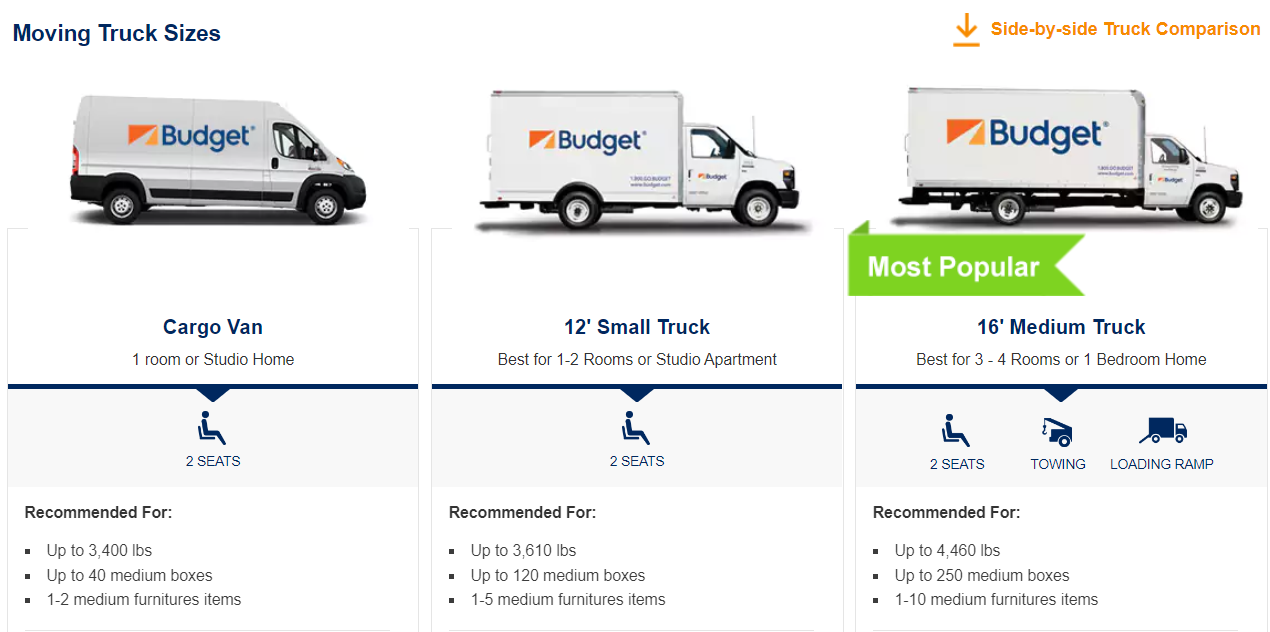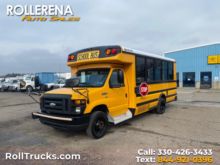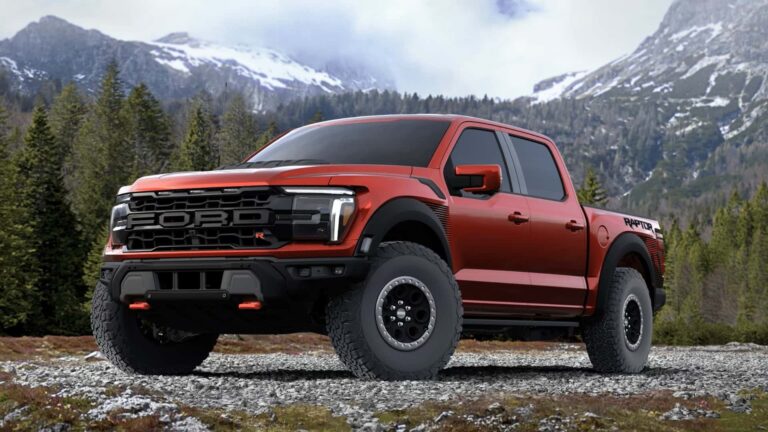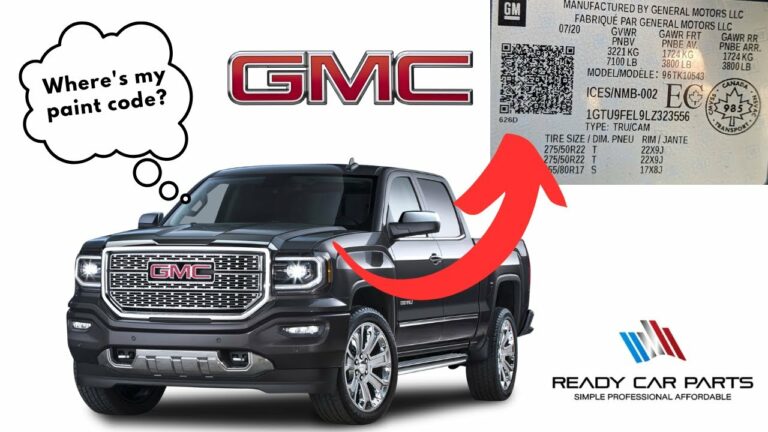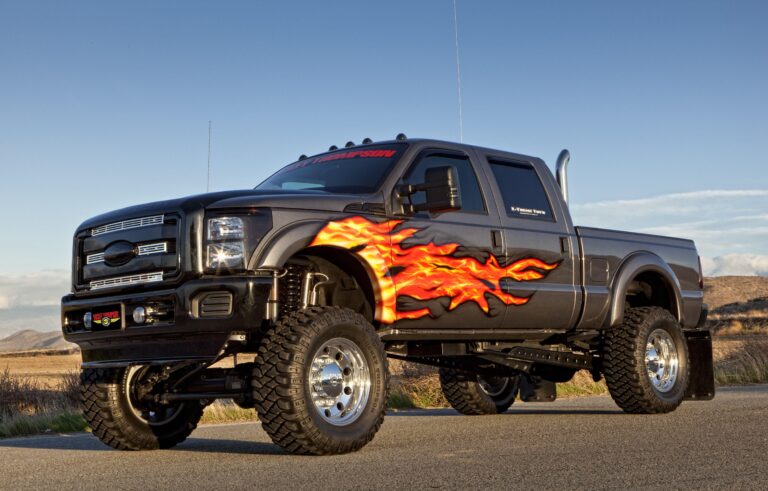U-Haul Trailer Sizes: Your Ultimate Guide to Choosing the Right Tow-Behind Solution
U-Haul Trailer Sizes: Your Ultimate Guide to Choosing the Right Tow-Behind Solution cars.truckstrend.com
Moving, transporting goods, or hauling a vehicle can be a daunting task, but with the right equipment, it becomes significantly simpler. U-Haul, a household name in DIY moving, offers a diverse fleet of trailers designed to cater to virtually every hauling need. Understanding U-Haul Trailer Sizes is not just about knowing dimensions; it’s about making an informed decision that ensures the safety, efficiency, and cost-effectiveness of your transport project. Choosing the wrong size can lead to multiple trips, wasted fuel, potential damage to your belongings, or even hazardous towing conditions. This comprehensive guide will demystify U-Haul’s extensive trailer offerings, providing you with the knowledge to select the perfect fit for your next endeavor.
U-Haul Trailer Sizes: Your Ultimate Guide to Choosing the Right Tow-Behind Solution
Understanding the U-Haul Trailer Ecosystem
U-Haul categorizes its trailers into three primary types, each serving distinct purposes:
- Cargo Trailers (Enclosed): These trailers are fully enclosed, providing maximum protection for your belongings against weather elements, dust, and theft. They are ideal for furniture, boxes, and anything that needs to be kept dry and secure.
- Utility Trailers (Open): Designed with an open top, these trailers are perfect for hauling large, bulky, or oddly shaped items that might not fit in an enclosed trailer, such as landscaping materials, construction debris, or motorcycles. They often come with ramps for easy loading.
- Car Trailers (Vehicle Transports): Specifically engineered for towing vehicles, this category includes both tow dollies (for front-wheel-drive vehicles) and auto transports (for all-wheel-drive or larger vehicles).
Selecting the appropriate trailer begins with accurately assessing what you need to move, how much it weighs, and the towing capacity of your vehicle.
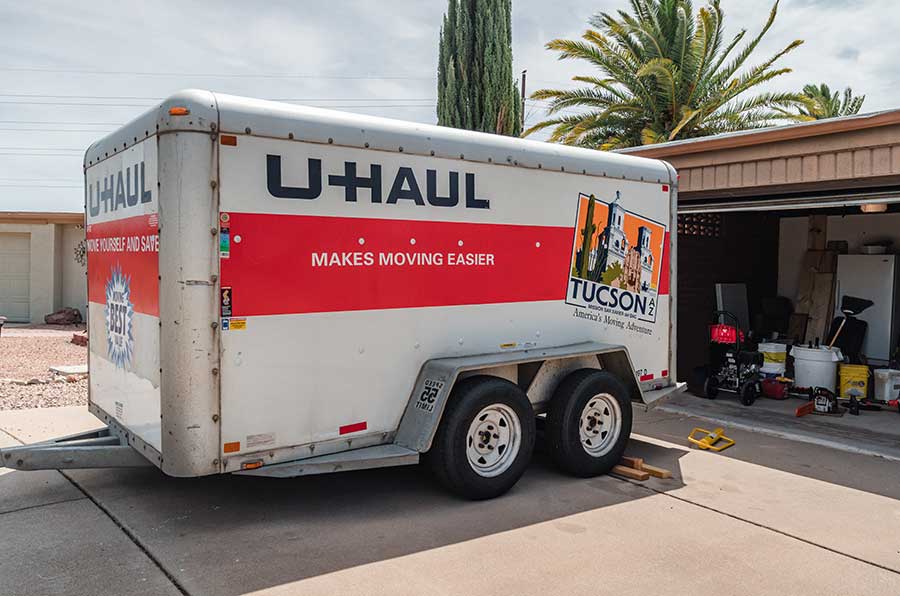
Detailed Breakdown of U-Haul Cargo Trailer Sizes
Cargo trailers are the workhorses for most household moves, offering security and weather protection.
1. 4×8 Cargo Trailer
- Dimensions: 4 ft wide x 8 ft long x 4.5 ft high (inside)
- Capacity: Approximately 208 cubic feet
- Max Load: 1,600 lbs
- Ideal For: Studio apartments, dorm rooms, small local moves, hauling boxes, small furniture, or personal belongings. It’s often suitable for a few large pieces of furniture and several boxes.
- Key Features: Lightweight, easy to tow, provides excellent protection from the elements.
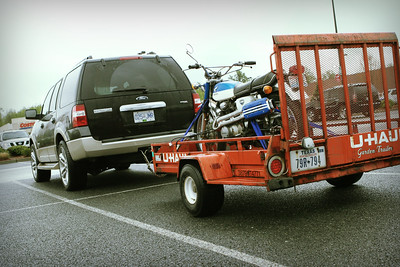
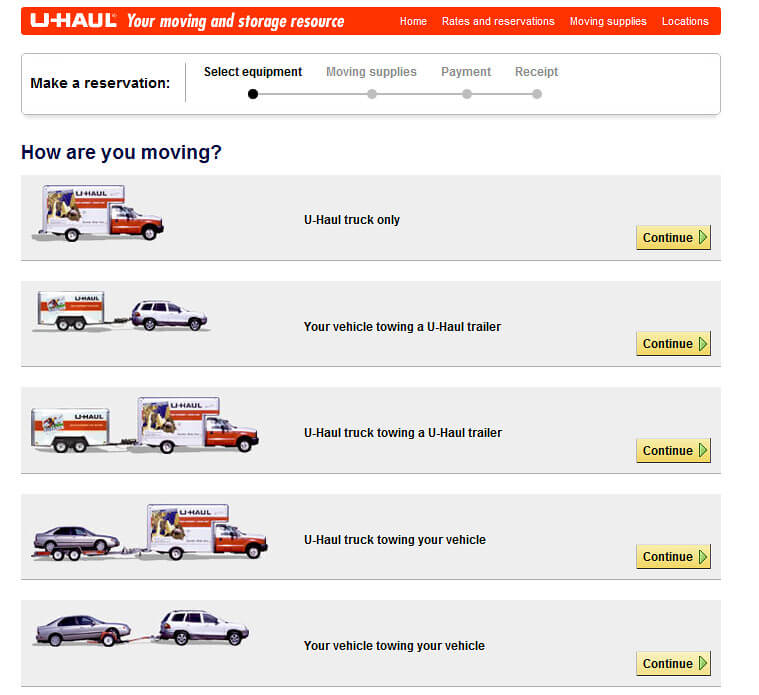
2. 5×8 Cargo Trailer
- Dimensions: 5 ft wide x 8 ft long x 5 ft high (inside)
- Capacity: Approximately 256 cubic feet
- Max Load: 1,800 lbs
- Ideal For: One-bedroom apartments, small office moves, or transporting appliances. It can hold a queen-size bed, a dresser, a few chairs, and multiple boxes.
- Key Features: Slightly larger capacity than the 4×8, still very maneuverable.
3. 5×10 Cargo Trailer
- Dimensions: 5 ft wide x 10 ft long x 5 ft high (inside)
- Capacity: Approximately 300 cubic feet
- Max Load: 1,600 lbs (note: lower than 5×8 due to different axle/frame design, always check specific trailer)
- Ideal For: Larger one-bedroom or small two-bedroom apartments, moving a considerable amount of furniture and boxes. It can accommodate larger items like couches, dining tables, and multiple appliances.
- Key Features: Provides extra length for longer items, still relatively easy to tow.
4. 6×12 Cargo Trailer
- Dimensions: 6 ft wide x 12 ft long x 5.5 ft high (inside)
- Capacity: Approximately 396 cubic feet
- Max Load: 2,400 lbs
- Ideal For: Two to three-bedroom homes, larger apartments, or significant hauling projects. This is U-Haul’s largest enclosed trailer, capable of carrying a significant volume of household goods, including large appliances, multiple pieces of furniture, and numerous boxes.
- Key Features: Double axle for stability, excellent capacity for most residential moves. Requires a vehicle with a higher towing capacity.
Detailed Breakdown of U-Haul Utility Trailer Sizes
Utility trailers are open-top and incredibly versatile for items that don’t fit or don’t need the protection of an enclosed space.
1. 4×7 Utility Trailer
- Dimensions: 4 ft wide x 7 ft long
- Capacity: No cubic feet as it’s open, but can carry bulk items.
- Max Load: 1,700 lbs
- Ideal For: Light hauling tasks like yard waste, small equipment, a few pieces of lumber, or a single motorcycle.
- Key Features: Compact, easy to maneuver, great for quick trips.
2. 5×8 Utility Trailer
- Dimensions: 5 ft wide x 8 ft long
- Capacity: More space for wider or longer items.
- Max Load: 1,890 lbs
- Ideal For: Mid-sized hauling projects, small ATVs, furniture, or construction materials.
- Key Features: Good balance of size and maneuverability.
3. 5×9 Utility Trailer with Ramp
- Dimensions: 5 ft wide x 9 ft long (with a built-in ramp)
- Capacity: Enhanced for easy loading.
- Max Load: 1,650 lbs
- Ideal For: Motorcycles, ATVs, lawnmowers, heavy equipment with wheels, or any item that benefits from a ramp for loading.
- Key Features: Integrated ramp simplifies loading/unloading, making it ideal for powered equipment.
4. 6×12 Utility Trailer with Ramp
- Dimensions: 6 ft wide x 12 ft long (with a built-in ramp)
- Capacity: Largest utility trailer, significant floor space.
- Max Load: 2,500 lbs
- Ideal For: Large landscaping projects, transporting multiple motorcycles or ATVs, construction materials, large appliances, or bulky furniture.
- Key Features: Double axle for stability, high weight capacity, full-width ramp for easy loading of wide items.
Detailed Breakdown of U-Haul Car Trailer Sizes
For safely transporting a vehicle behind your moving truck or personal vehicle.
1. Tow Dolly
- Type: Two-wheel trailer, lifts the front wheels of the towed vehicle off the ground.
- Max Load: Up to 3,450 lbs (vehicle weight)
- Ideal For: Front-wheel-drive (FWD) vehicles, light trucks, and SUVs. Best for shorter distances or when you don’t want to add excessive length to your towing setup.
- Key Features: More affordable than auto transport, lighter weight, easier to maneuver, requires the towed vehicle’s steering wheel to be unlocked.
2. Auto Transport
- Type: Four-wheel trailer, lifts the entire vehicle off the ground.
- Max Load: Up to 5,290 lbs (vehicle weight)
- Ideal For: All-wheel-drive (AWD), four-wheel-drive (4WD), rear-wheel-drive (RWD) vehicles, classic cars, luxury vehicles, or any vehicle where you prefer not to have the wheels on the ground during transport. Recommended for longer distances.
- Key Features: Provides maximum protection for the towed vehicle, eliminates wear and tear on tires and drivetrain, more stable for longer hauls.
Choosing the Right U-Haul Trailer Size: Practical Advice
Selecting the perfect U-Haul trailer requires a thoughtful assessment of your specific needs:
- Assess Your Load:
- Volume: Estimate the cubic footage of your belongings. For household goods, visualize how many rooms of items you have. For single items, measure their length, width, and height.
- Weight: Be mindful of the total weight of your items. Heavy items like appliances, safes, or building materials can quickly exceed a trailer’s max load.
- Consider Item Types:
- For delicate items, electronics, or anything sensitive to weather, an enclosed cargo trailer is a must.
- For bulky, dirty, or oddly shaped items (e.g., lumber, yard waste, motorcycles), an open utility trailer with a ramp will be more suitable.
- For vehicles, decide between a tow dolly (FWD, short distance) or auto transport (AWD/4WD, long distance, maximum protection).
- Evaluate Your Towing Vehicle:
- Towing Capacity: This is paramount. Every vehicle has a maximum towing capacity specified by the manufacturer. Never exceed this limit.
- Hitch: Your vehicle needs a hitch receiver. U-Haul trailers require specific ball sizes (1-7/8" or 2").
- Wiring: Your vehicle must have working tail lights, brake lights, and turn signals, typically requiring a 4-flat wire harness.
- Suspension & Brakes: Ensure your vehicle’s suspension and brakes are in good condition to handle the added weight. Some larger trailers or heavy loads may benefit from a vehicle with trailer brakes.
- Safety First:
- Weight Distribution: Load heavier items first, centered over the trailer’s axle(s) to maintain balance and prevent sway.
- Securing Your Load: Use furniture pads, tie-downs, and ropes to prevent items from shifting during transit. Loose items can cause damage or instability.
- Driving Habits: Remember that towing a trailer changes your vehicle’s handling, braking distance, and turning radius. Drive slower, allow more space, and take wider turns.
Important Considerations Before Renting
- Reservations: U-Haul trailers are popular. Make reservations online or by phone well in advance, especially during peak moving seasons (end of month, summer).
- Rental Period: Understand the rental duration and associated fees. Daily rates are standard, but longer rentals may have different pricing structures.
- Insurance: Your personal auto insurance may or may not cover rented trailers. U-Haul offers optional SafeTow® coverage, which can provide peace of mind against damage to the trailer or your belongings.
- One-Way vs. Round Trip: U-Haul offers both. One-way rentals are convenient for long-distance moves, allowing you to drop off at a different location. Round-trip rentals are typically cheaper for local use.
- Inspection: Before leaving the lot, thoroughly inspect the trailer for any existing damage, ensure tires are properly inflated, and test all lights.
U-Haul Trailer Sizes: Estimated Pricing and Key Specifications
Please note: Prices are estimates only and can vary significantly based on location, demand, time of year, duration of rental, and whether it’s a one-way or round-trip rental. Always check U-Haul’s official website or contact a local dealer for real-time pricing.
| Trailer Type | Dimensions (Approx. L x W x H) | Capacity (Cubic Feet / Weight) | Max Load (LBS) | Estimated Daily Starting Price (Local)* | Ideal Use Case |
|---|---|---|---|---|---|
| Cargo Trailers | |||||
| 4×8 Enclosed | 8′ x 4′ x 4.5′ | 208 cu. ft. | 1,600 | $14.95 – $19.95 | Studio/Dorm, small moves, boxes |
| 5×8 Enclosed | 8′ x 5′ x 5′ | 256 cu. ft. | 1,800 | $19.95 – $24.95 | 1-Bedroom Apt, appliances |
| 5×10 Enclosed | 10′ x 5′ x 5′ | 300 cu. ft. | 1,600 | $24.95 – $29.95 | Larger 1-Bedroom, considerable furniture |
| 6×12 Enclosed | 12′ x 6′ x 5.5′ | 396 cu. ft. | 2,400 | $29.95 – $34.95 | 2-3 Bedroom Home, large volume |
| Utility Trailers | |||||
| 4×7 Open | 7′ x 4′ (floor) | Bulk items | 1,700 | $14.95 – $19.95 | Yard waste, small equipment, light hauling |
| 5×8 Open | 8′ x 5′ (floor) | Bulk items | 1,890 | $19.95 – $24.95 | Mid-sized hauling, ATVs, furniture |
| 5×9 Open w/ Ramp | 9′ x 5′ (floor) | Bulk items | 1,650 | $24.95 – $29.95 | Motorcycles, ATVs, wheeled equipment |
| 6×12 Open w/ Ramp | 12′ x 6′ (floor) | Bulk items | 2,500 | $29.95 – $34.95 | Large equipment, multiple bikes, construction |
| Car Trailers | |||||
| Tow Dolly | N/A (lifts 2 wheels) | Up to 3,450 lbs (vehicle) | N/A | $35 – $60 (Local); $100+ (One-Way) | FWD vehicles, short distance |
| Auto Transport | N/A (lifts 4 wheels) | Up to 5,290 lbs (vehicle) | N/A | $50 – $80 (Local); $150+ (One-Way) | AWD/4WD, RWD, all vehicles, long distance |
*Prices listed are approximate daily starting rates for local rentals and do not include taxes, fees, or optional insurance. One-way rentals for car trailers are typically significantly higher. Always verify current pricing directly with U-Haul.
Frequently Asked Questions (FAQ) about U-Haul Trailer Sizes
Q1: Can I tow a U-Haul trailer with any vehicle?
A1: No. Your vehicle must meet specific requirements, including adequate towing capacity, a proper hitch (usually 1-7/8" or 2" ball), and working electrical connections for lights. U-Haul provides a "Towing Guide" on their website to help you determine if your vehicle is compatible.
Q2: Do U-Haul trailers have brakes?
A2: Most smaller U-Haul cargo and utility trailers do not have their own braking systems; they rely on the towing vehicle’s brakes. Larger 6×12 enclosed and utility trailers, as well as auto transports, typically feature surge brakes, which activate when the towing vehicle slows down.
Q3: What’s the difference between a cargo and utility trailer?
A3: Cargo trailers are fully enclosed, offering protection from weather and security. Utility trailers are open-top, ideal for bulky, tall, or dirty items that don’t need enclosure and often come with a ramp for easy loading of wheeled equipment.
Q4: How do I calculate the right trailer size for my move?
A4: Start by listing all items you need to move. For household goods, estimate based on room count (e.g., studio = 4×8, 1-2 bedroom = 5×8 or 5×10, 2-3 bedroom = 6×12). For specific items, measure their dimensions and compare to the trailer’s interior dimensions and maximum load capacity. When in doubt, it’s often better to go slightly larger than too small.
Q5: Do I need a special license to tow a U-Haul trailer?
A5: In most U.S. states and Canadian provinces, a standard driver’s license is sufficient for towing U-Haul trailers, as their gross vehicle weight ratings (GVWRs) typically fall below the thresholds requiring commercial or special endorsements. However, always verify local regulations.
Q6: Can I take a U-Haul trailer across state lines or international borders?
A6: Yes, U-Haul allows one-way rentals across state lines. For international borders (e.g., US to Canada), it’s generally permitted, but ensure you have all necessary documentation for yourself, your vehicle, and the trailer. Always check specific customs regulations beforehand.
Conclusion
Navigating the array of U-Haul Trailer Sizes doesn’t have to be overwhelming. By understanding the distinct types—cargo, utility, and car trailers—and their specific dimensions, capacities, and ideal uses, you empower yourself to make an informed decision. Remember to meticulously assess your load, consider your towing vehicle’s capabilities, prioritize safety, and account for all practical considerations before signing the rental agreement. With the right U-Haul trailer, your moving or hauling project will be more efficient, secure, and stress-free, ensuring your belongings reach their destination safely and soundly.
